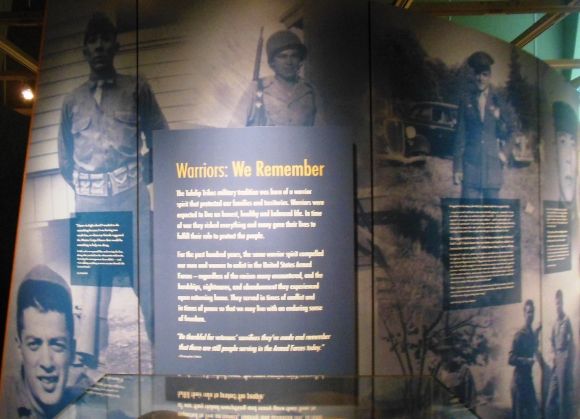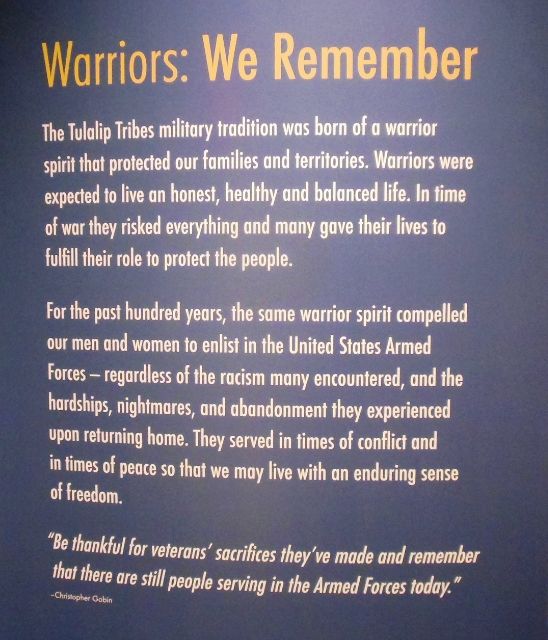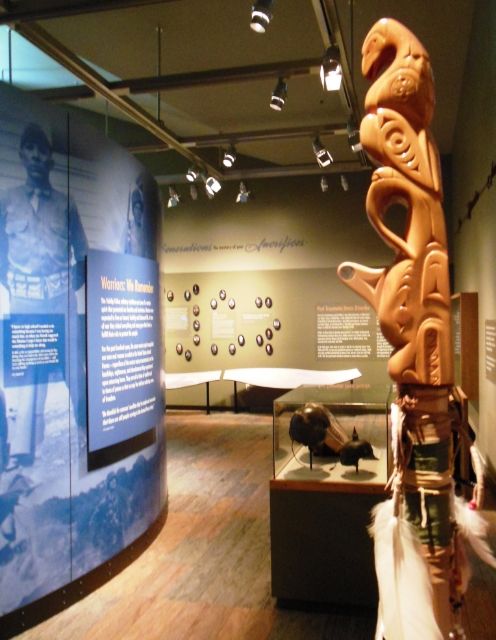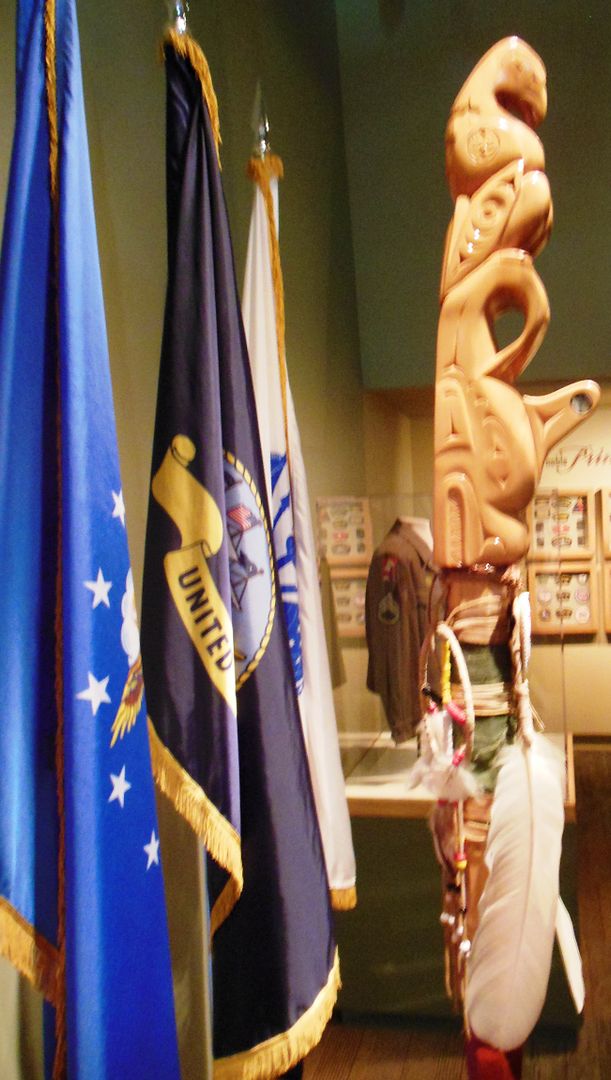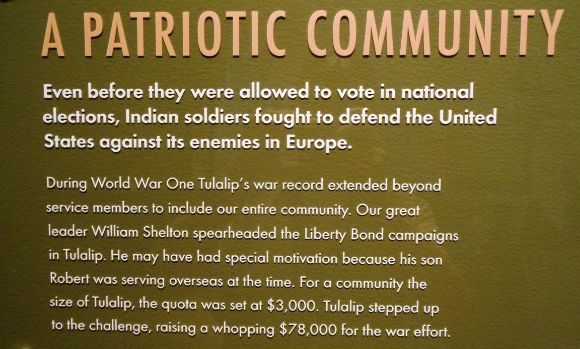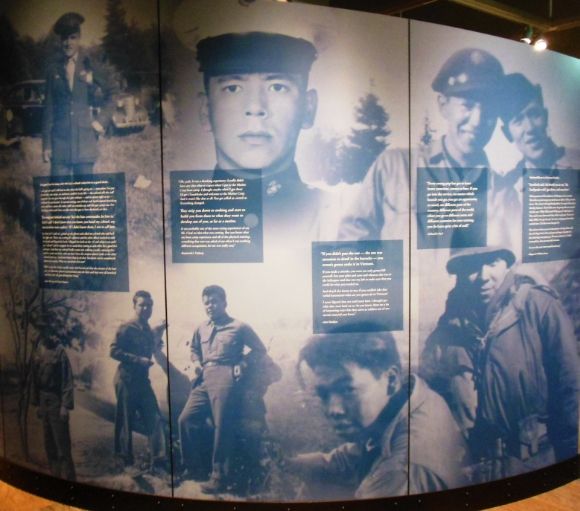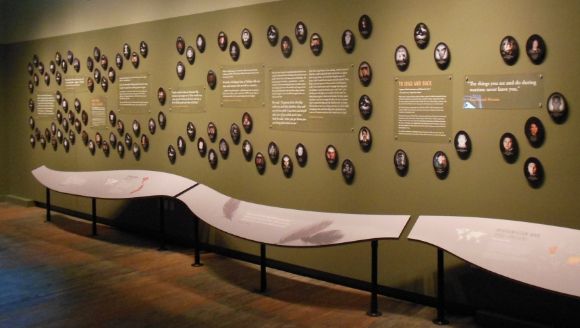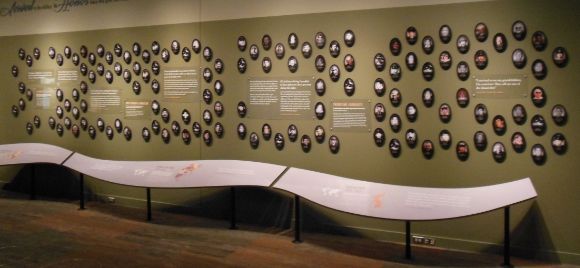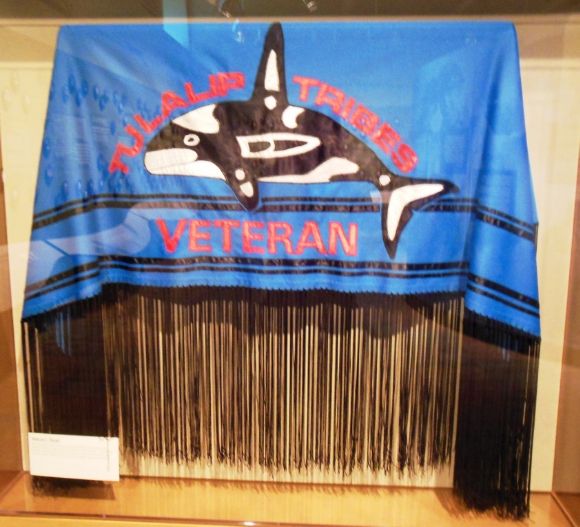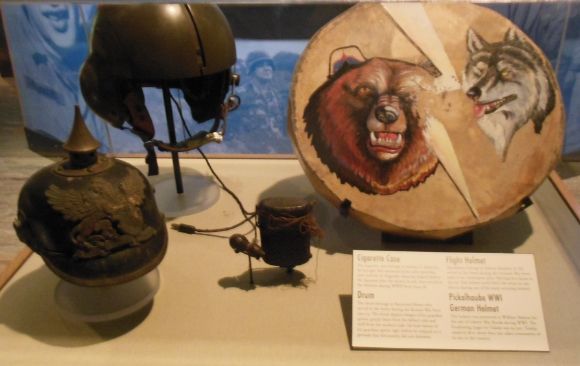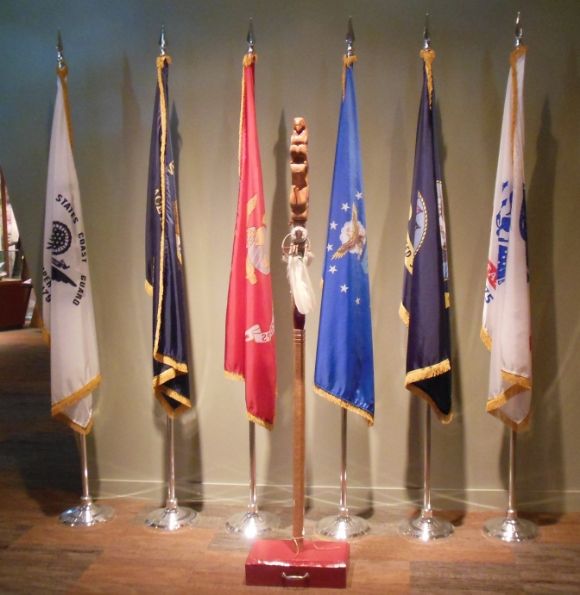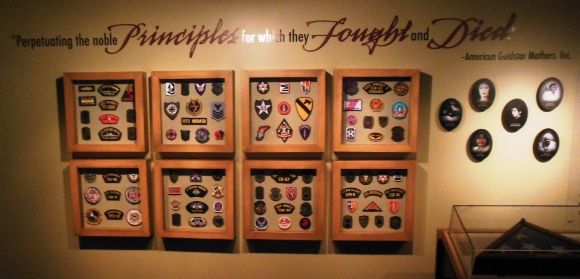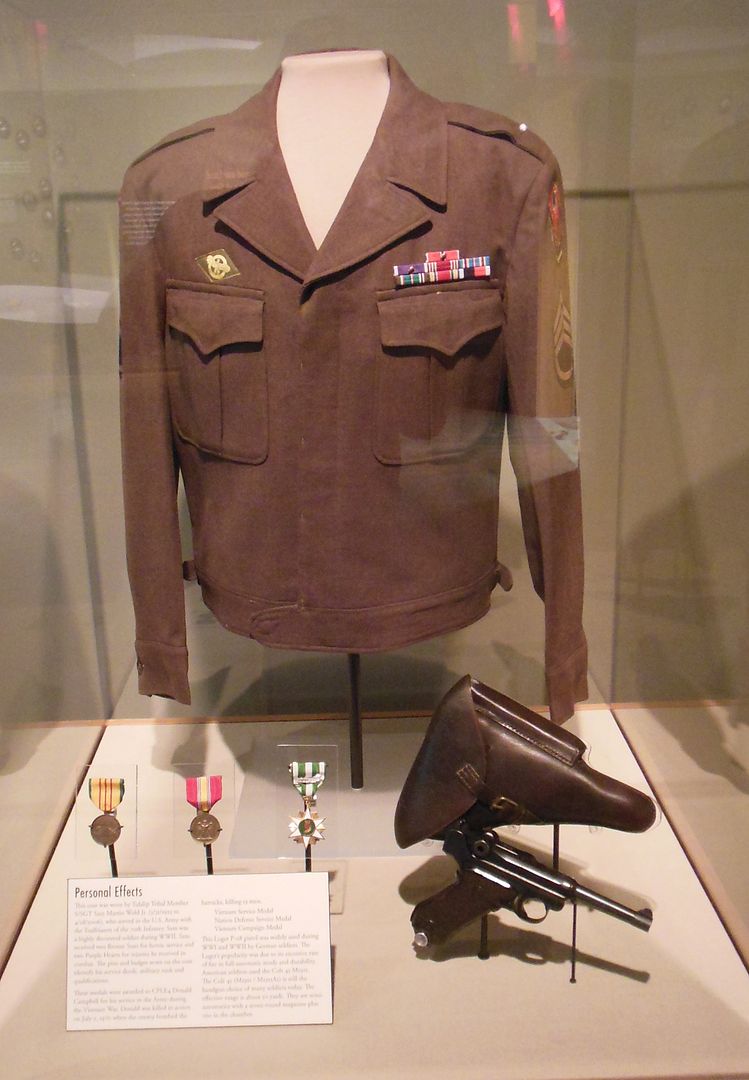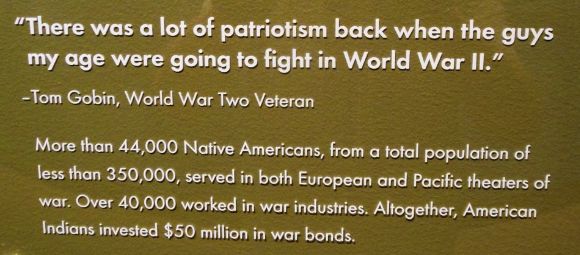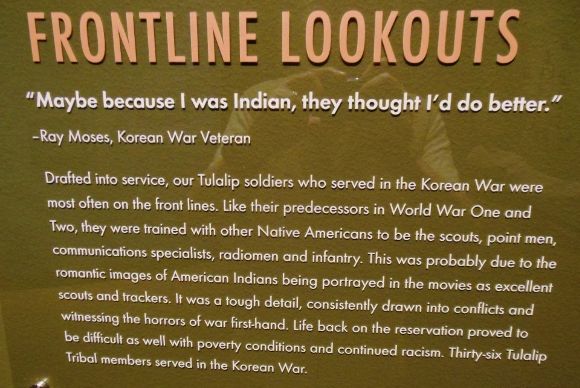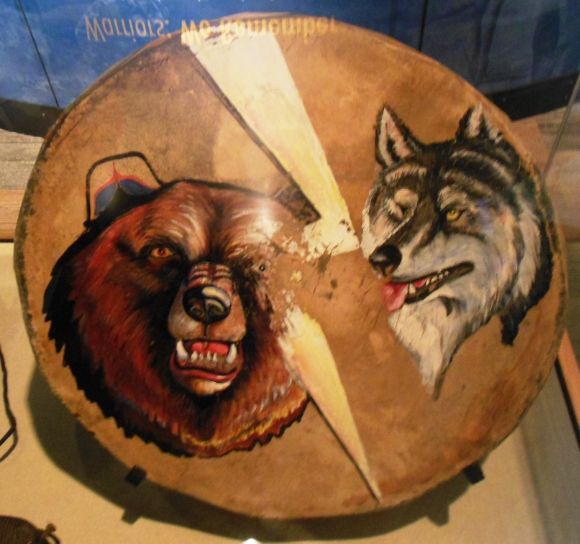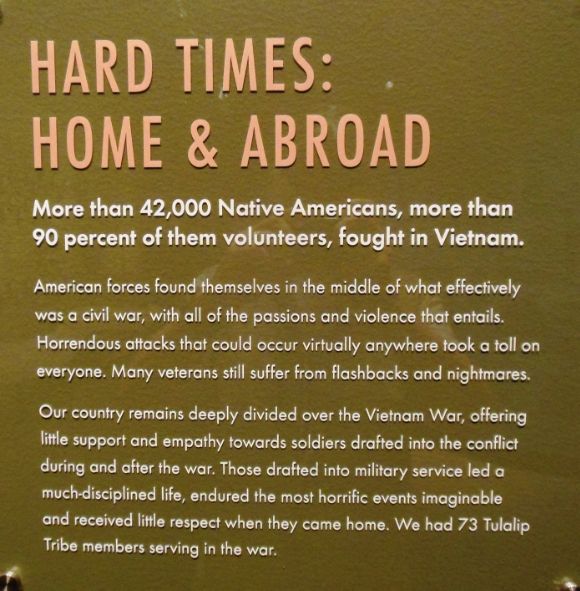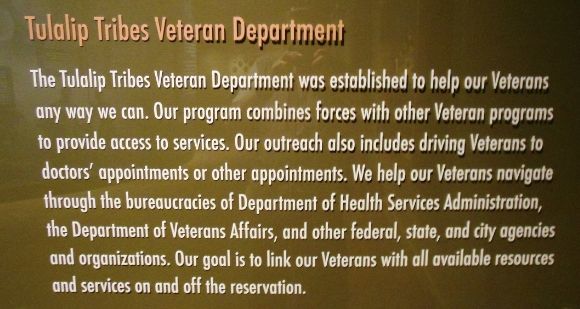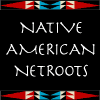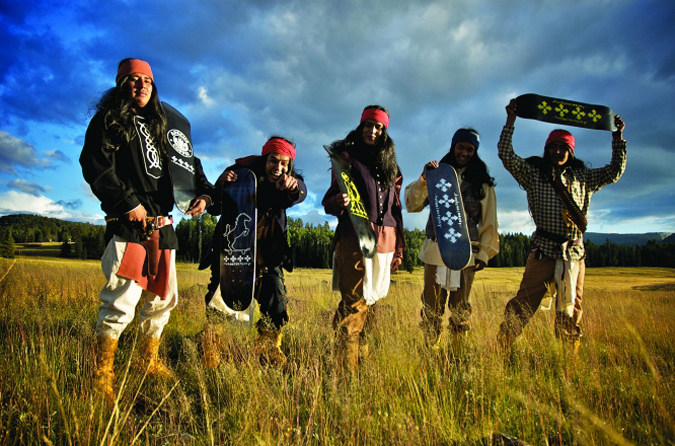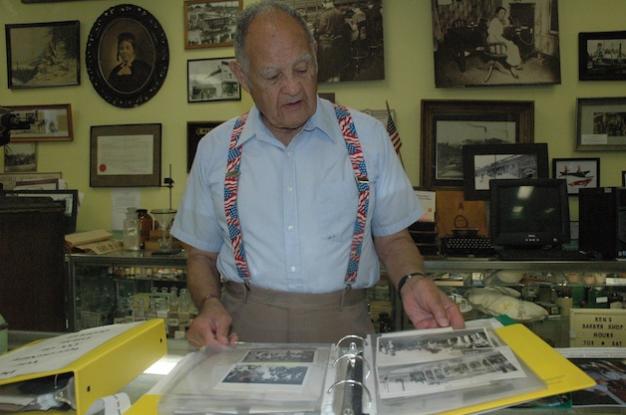
Marysville Historical Society President Ken Cage peruses some of the books of old photos that will be on display for the public during the Marysville Street Festival: Handmade & Homegrown from Aug. 9-11.
Kirk Boxleitner, Marysville Globe
MARYSVILLE — The Marysville Historical Society will be bustling with activity during the Marysville Street Festival: Handmade & Homegrown from Aug. 9-11 and beyond.
As the rest of Third Street gets into the Homegrown spirit of the Street Festival that weekend, the Historical Society will be joining in by conducting a summer fundraising raffle and inviting the community to help them identify historic photos that have been donated to the Society by fellow members of the public.
Marysville Historical Society President Ken Cage explained that the first prize — a fishing trip for two with Tom Nelson, the host of 710 ESPN’s “Outdoor Line,” on board their “Big Red” flagship boat — was obtained through Nelson’s family connections to the Marysville community, while Silvana Meats will provide the second prize of a $250 gift card for their wares, and Chirocare of Marysville will administer massages worth $65 each to the winners of the third and fourth prizes.
“Tom was a member of our local Scout troop,” Cage said. “His mother worked at a dental office in town. She’s still a member of the Historical Society, who supports us strongly.”
The prize drawing will be conducted on Sunday, Aug. 11, at the Marysville Historical Society, located at 1508-B Third St., but contestants need not be present to win. Tickets are $5 each and may be purchased by calling 360-659-3090 or stopping by the Historical Society during its hours of operation, Tuesdays through Thursdays from 10 a.m. to 3 p.m.
While the drawing will coincide with the final day of the Street Festival, all three days of the Festival will see the Historical Society offering visitors the chance to go through the unclassified and uncategorized old photos that the Society has received, to try and identify who and what the photos show, as well as when and where they were taken.
“If a photo turns out not to have any connections to Marysville, we’ll even let you keep it, if you want it,” Cage said. “Of course, if it is pertinent to Marysville, we’ll be keeping it for our own collection. A huge amount of these photos actually came from The Marysville Globe and Bob Buttke, but a number of them came from folks’ homes in town.”
Depending on the weather, the photos will be displayed either in front of, or inside of, the Marysville Historical Society on Third Street.
Looking ahead, the Marysville Historical Society will also be printing its 2014 calendars in time to distribute at the Street Festival.
“The theme for 2014 will be the early days of business in Marysville,” Cage said. “We try to have a theme for each year’s calendar. Previous years’ themes have included the local logging industry and the Marysville Strawberry Festival.”
Cage expects 2014 will see the opening of the Marysville Historical Society’s long-awaited museum, following the resolution of “issues in the permitting process” that had delayed the originally intended start of construction in July of this year.
“We should be able to start construction this August,” Cage said. “The first phase involves laying down the foundation slab and putting up the shell of the building, which should take about three or four months. The second phase involves the inside layout and design, which will be an ongoing work-in-progress, but we should have most of our exhibitions in place in time for a grand opening early next year.”
For more information on the Marysville Historical Society, log onto its website at http://www.marysvillehistory.org.






